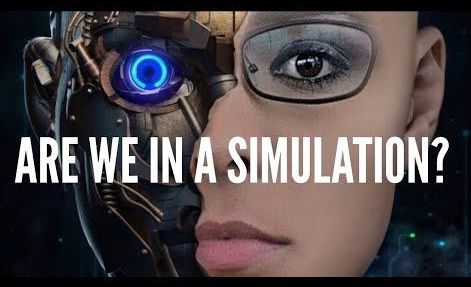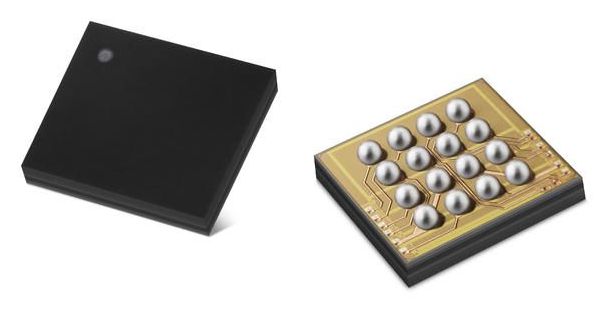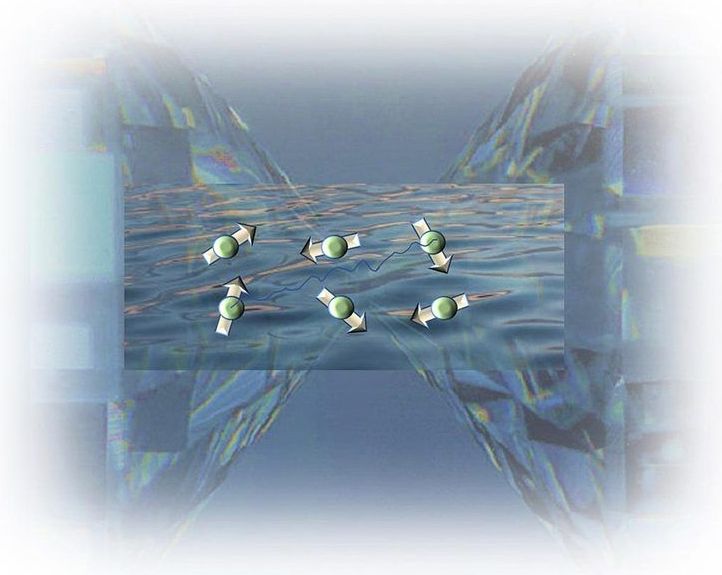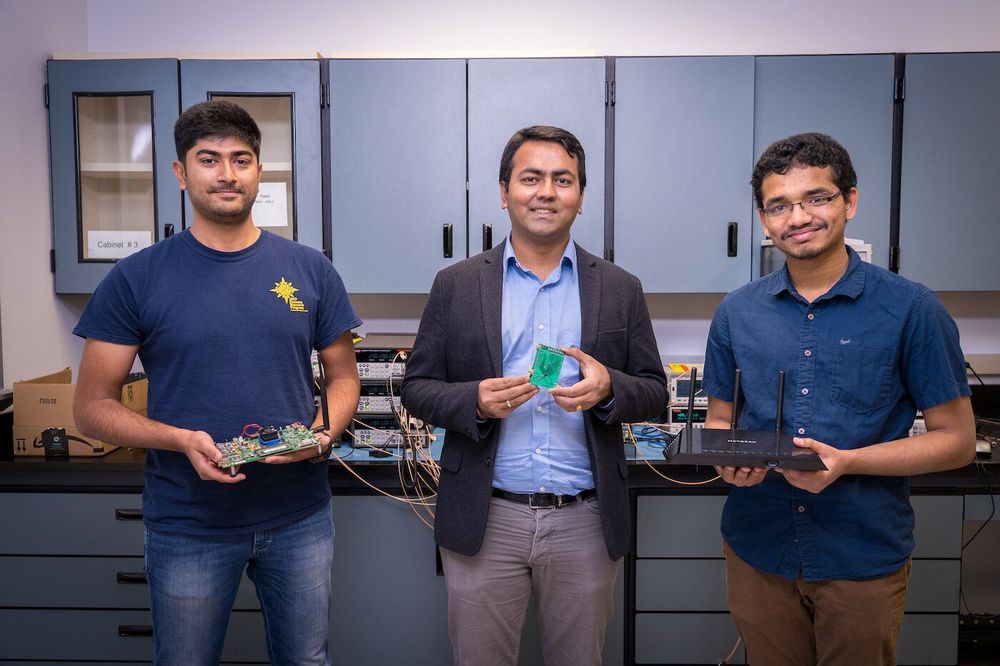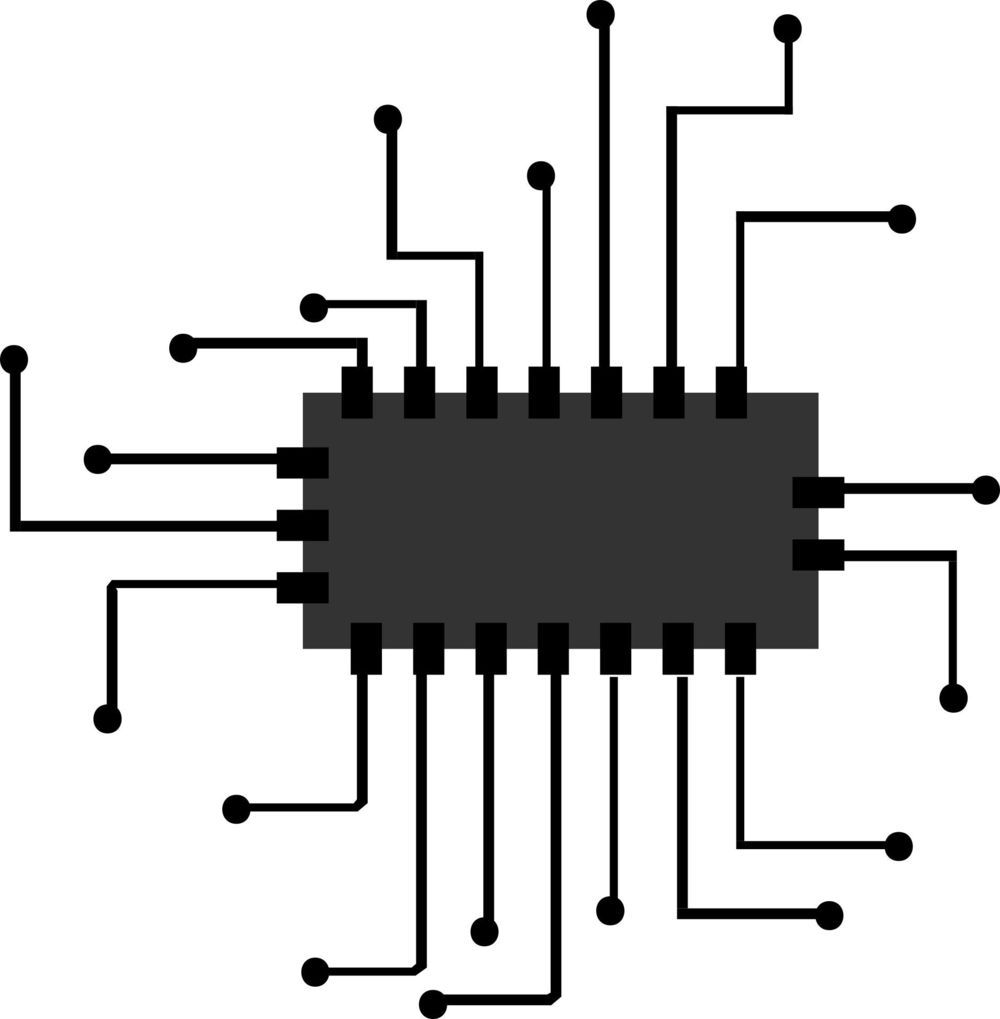Eric Klien
Simulation theory points out that we might be living in a giant computer simulation. Exponential technological growth and how far we’ve already come in so little time are big indicators that we can’t possibly imagine what the future of humanity would look like in 100 years, or better yet, 1,000 years!
Will we be able to create simulations so indistinguishable from reality that the characters will not be aware that they are being simulated? Today on Cognitive Culture, you’ll learn about why you’re not real!
PLEASE SUBSCRIBE! Let’s get the channel to 5K subs! I love you guys so much and your support means all of the things to me!!
Follow me on Instagram @cognitive.culture for inspiration!
Here are more of my videos and my sources of information for this video:
How To Evolve With Technology
How To Experience Something Again For The First Time
How To Make A Successful New Year Resolution
